Sustainable Forest Management
Forest ecosystems represent a precious resource in the Carpathians, harbouring a wealth of ecological, economic and cultural values and Europe’s largest concentration of primary and old-growth forests. Over 200 species of plants are endemic only to this region and large, uninterrupted expanses of forests and inaccessibility provide refuge for some of the last remaining populations of large European mammal species, such as the lynx, river otter, grey wolf, woodland bison, red deer, moose, and brown bear.
Yet, Carpathian forests bear the legacy of a long history of intensive production-driven management dating to the 19th century and more significantly during the World Wars and the subsequent communist era, where large-scale timber extraction and clearing for agriculture were common, resulting in extensive deforestation. Even-aged, plantation style forest management practices with homogenized forest structure and composition tended to make Carpathian forests more vulnerable to large-scale tree mortality and dieback.
Despite these attributes, the Carpathian forests carry the imprint of an extensive history marked by intensive production-focused management practices, beginning as far back as the 19th century and intensifying notably during the World Wars and the ensuing communist period. This era witnessed widespread activities such as massive timber extraction and the clearance of land for agriculture, leading to considerable deforestation. The adoption of even-aged, plantation-style forest management approaches, which resulted in uniform forest structures and compositions, increased the vulnerability of Carpathian forests.
Historically and presently, forests and forestry have been vital to the natural and cultural heritage of the Carpathians. Forestry remains an important economic sector in the Carpathian countries, particularly in Romania, Slovakia and Ukraine. However, as land ownership changed from state to private ownership in the 1990s, forest conservation and sustainable forest management have declined. Clear-cutting, intensive agriculture and climate change make these forests vulnerable to erosion, landslides, flooding, droughts and other extreme events.
That is why the Article 7 of the Carpathian Convention asks the parties to support the use of forest management instruments and programmes in accordance with the sustainable forest management principles formulated at the international level.
Inventory of Virgin Forests in the Carpathians
Article 10 of the Carpathian Convention calls for the identification and protection of natural forests, especially virgin forests in the Carpathians. In cooperation with the European Environment Agency, the very first Inventory of Virgin Forests of the Carpathians has been established, fulfilling Objective 6.1 of the Strategic Action Plan for the Implementation of the Protocol on Sustainable Forest Management. The Working Group on Sustainable Forest Management (WG Forest) agreed to extend the Inventory to encompass other Carpathian forests with varying degrees of naturalness, especially quasi-virgin forests, to better safeguard Europe’s most invaluable forested areas.
The provisions that helped enable the creation of this inventory and will enable its extension include the following:
- At COP4, the Parties adopted a set of criteria and indicators for identifying virgin forests in the Carpathians.
- WG Forest agreed on a common format in the form of a table for collecting scientific data, national inventories and maps of virgin forests.
- At COP7, the Parties adopted a set of criteria and indicators for identifying quasi-virgin forests in the Carpathians. This enables the inventory to be extended to include quasi-virgin forests. Work on this extension will continue from 2024 – 2026.
- WG Forest developed a Work Plan 2023 – 2026 for implementing the Forest Protocol and its Strategic Action Plan.
Cooperation with the European Environment Agency
Since 2014, the European Environment Agency (EEA) and the Secretariat of the Carpathian Convention have been steadfastly enhancing their collaboration. This strategic partnership focuses on bolstering observation, data collection, monitoring, and information analysis to advance the protection and sustainable development of the Carpathian region. This concerted effort ensures seamless coordination among all pertinent activities.
Among the notable achievements arising from this collaboration is the development of the Virgin Forests Inventory in the Carpathians, where the EEA with its expertise and technical support played an instrumental role.
Looking ahead to the upcoming implementation phase, the collaborative efforts will remain steadfastly aligned with the objectives of the EU Biodiversity Strategy for 2030, the EU Forest Strategy for 2030, the imminent Nature Restoration Law, and the guiding principles of the UN Decade on Ecosystem Restoration. Additionally, this cooperative endeavor takes into account the appreciative endorsements from the Carpathian Convention COP6 and COP7 with regard to the ongoing partnership between the Carpathian Convention and the EEA in the context of Carpathian Convention implementation.
In light of these considerations, the following priority thematic areas for continued cooperation have been pinpointed:
- Forest protection, restoration, and sustainable management, especially virgin forests in the Carpathians
- Identification and mapping of primary (virgin) and old-growth forests/other degrees of naturalness
- Development and implementation of forest ecosystem restoration indicators and monitoring
- Climate change adaptation and forest management
- Relevant information systems, including mapping administrative units of the Carpathian region
- Partnership Agreement EEA – CC
- Forest indicators to support regional policy and management in the Carpathian region – REPORT
Promoting Close-to-nature-Forest-Management
Promoting close-to-nature forest management is one of the priority topics for implementation of the Forest Protocol and its Strategic Action Plan for the Implementation of the Forest Protocol. Through dedicated efforts led by the Czech Republic and the Czech Forest Management Institute, in conjunction with collaborative partners, a compelling documentary film highlighting close-to-nature forest management in the Carpathians has been meticulously crafted. This documentary aims to bolster the implementation of the Forest Protocol within the Carpathian Convention framework by heightening awareness and facilitating the exchange of knowledge regarding close-to-nature forest practices.
Climate change risks and impacts on the Carpathian forests
At the COP6 in 2020, the Carpathian Convention adopted decisions encouraging the development of an assessment of the impacts of climate change on the Carpathian forests and their ecosystems services by relevant Convention Working Groups and partners and with support of the Convention Secretariat. Subsequently, this activity has been included in the Implementation Framework 2030 accompanying the Long-term Vision towards combating climate change in the Carpathians, as well as the work plan of the WG Forest, with the aim to enhance cooperation between these WGs.
For this this reason, a dedicated Expert Group of the Working Group on Climate Change and the Working Group on Sustainable Forest Management was established with experts nominated by the Focal Points of the Carpathian Convention that supported the development of the assessment and shall at the same time strengthen cooperation between these topics under the Carpathian Convention.
Nominated experts provided valuable input and background information, giving the basis for the scope and topics covered by this assessment. The development and finalization of the assessment was led by Dr. William Keeton, University of Vermont and Member of the Science for the Carpathians, and the Secretariat of the Carpathian Convention.
The final version of the assessment of climate change risks and impacts on the Carpathian forests and their ecosystem services was welcomed by the Carpathian Convention COP7, encouraging the Parties, relevant WGs and stakeholders to consider and act on proposed policy recommendations.
Related Working Groups and Initiatives
Selected Documents
Vienna Programme Office
Secretariat of the Carpathian Convention
UN Environmnent
Vienna International Centre
PO Box 500
A – 1400 Vienna
Tel: +43 1 260 60 83038
Mail: info.carpathianconvention@un.org
TOPICS:
Large Carnivores
Education for Sustainable Development
© Secretariat of the Carpathian Convention
POWERED BY:

